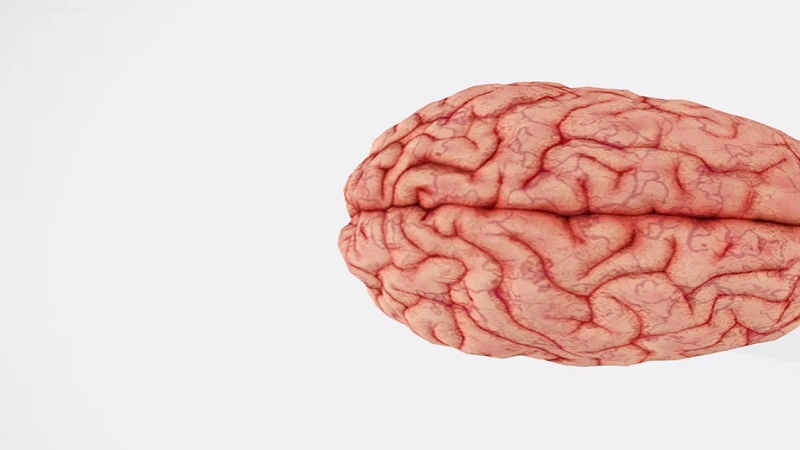On the outside, everything appears to be fine. You go to work, see friends, post to social media, and do daily tasks. But inside, you feel different. You find that your memory is slipping, your attention is gone, and clarifying your thoughts is a struggle every day. It’s an irritating annoyance that most people would be able to shrug off. It’s invisible, and at times, you think it isn’t even real. For most people, these invisible issues are the first signs of some form of cognitive impairment. Ultimately, when problems don’t appear on an X-ray or lab results, a neuropsychological evaluation may become the only method of substantiating your perception. Of course, even then, because you ” look fine,” you will often have challenges obtaining support and/or understanding.
The Invisible Struggle
There are many reasons cognitive disabilities are under-recognized and poorly understood; one key reason is that they don’t leave visible traces. When an individual has a broken leg, or a visible rash, the problem may be evident in passing conversations; but mental issue an inability to supervise or follow through on executive functioning, memory loss, processing delays, cannot be seen. This invisibility may lead people, even friends and coworkers, to mislabel your condition as “just tired”, “just lazy”, or “distracted”.
Sadly, that kind of mislabel in perception doesn’t only impact friendships. It negatively impacts professional life and a person’s ability to access help. Brain impairment issues are particularly frustrating because you have to work twice as hard and effort to complete tasks correctly (and recall instructions) or manage time like any other worker.
Demonstrating What Cannot Be Seen
Perhaps the hardest part of the cognitive disability experience is documenting it for legal and medical purposes. Whether applying for workplace accommodations or applying for long-term disability claims, a person is usually required to ‘prove’ that he has an impairment. This is where a neuropsychological assessment comes into play.
Neuropsychological assessments are specialized tests performed by clinical psychologists that measure memory, attention span, problem/situation solving, and other brain functions. They can give a holistic view of how your brain is functioning, as well as evidence of other patterns consistent with various disorders, trauma, or decline. An assessment can serve as objective evidence in your long-term disability case, especially if you are dealing with post-concussion syndrome, chronic fatigue syndrome, long COVID, or early cognitive decline.
Even having that evidence in the first place just creates noise and complexity in a process that is already complicated. How often have you heard something like, “My insurers don’t think anything is due to a clinical test contradiction, and they are sceptical of your assessment/specific findings entirely; they don’t like the subjectivity of symptoms, and mental fatigue doesn’t count as disabling, etc.” This provides more challenges for someone who is still figuring out something that they sometimes do not themselves understand.
The Mental and Emotional Toll
Being cognitively impaired, but physically showing no difference, can feel isolating. There is a feeling of being “othered,” the unstable feeling when treated as if you are exaggerating or making excuses, feeling mentally inferior, which can take its toll on your mental state. Many individuals experiencing these conditions experience guilt, shame, or impostor syndrome, especially when operating in high-functioning work environments.
Tasks that were once conclusive reading emails, having simple conversations, and remembering names, require monumental mental effort even initially, when socializing. In a group or during a simple meeting. Concentration can fail during the simplest tasks. This phenomenon of fatigue can have chronic effects over time, leading to depression, anxiety, or even an identity crisis, especially if your vocation rests solely on cognitive skills.
Loyal support systems may be depleted. Friends stop asking you to events because you “always cancel.” Managers will reassign without discussion, never referring to you or your reasons. Medical professionals may sometimes dismiss early many signs of cognitive problems as a “stress” or “lack of sleep” when they are presented initially, adding time between onset, diagnosis, and treatment of a condition.
Creating a Way Forward
The cognitive symptoms may still exist with the disability recognition and diagnosis, but dual cognitive impairment and diagnosis provide an avenue to talk about cognitive symptoms – and a framework to advocate for oneself.
Legal and medical professionals who work with long-term disability claims can help interpret results and may even guide the way through an onerous claims process. If the right documents are provided to the right representative, many people can get the help, benefits, and accommodation that allow them to live and perform autonomously and with dignity.
Publicly, it seems that awareness of some sorts of invisible disabilities is building, and slowly, the understanding of invisible disabilities is changing. It is still critical to do the work of educating, teaching, and informing, especially employers, families, and even taking the time to understand cognitive decline yourself as a health provider. Just because someone is smiling, standing, or even sending emails does not mean their mind is not slowly falling apart in the background, quietly.
Conclusion
Cognitive impairments also remind us that not all struggles are physical. There are people who “look fine” where they are living in a mental haze, chronic fatigue, forgetfulness, or worse. The processes to understand and access support can often be exhausting and frustrating. The potential good news is that with the appropriate medical care, advocacy, and a neuropsychological assessment, it is possible to convert the invisible to something tangible; something to be recognized, acknowledged, and interacted with. In doing so, we make a significant step towards making that which is not seen—seen. Read more

